Every year I spend five days at Heathen Hill in upstate New York to study with one of my teachers, Rodney Yee. It’s a very special week, not just because I get to enjoy time with my friends (the same group returns every year), or because I love the magic that is Heathen Hill, but because I get to be a student. My role as a teacher is to give, and this precious time with Rodney helps me refill my well.
I strongly believe that to be a good teacher, you must first be a good student. You must first embody your practice before you can teach it. I could go on and on (and on) about this, but that’s because it’s true. You can only teach what you know—you can only share what you’re working with, or through, in your own life.
It’s an intense week. We practice twice a day: three hours in the morning and two hours in the afternoon. The practices are rigorous, both in the ways you might expect (challenging postures, mindful movement, sweat-inducing holds) and in ways you think are going to be relaxing but then morph into this crazy energetic intensity (like holding Baddha Konasana, or a squat, for five minutes). I’m both physically and mentally exhausted every day; in fact, when I’m not practicing or eating, I’m passed out in bed.
With only 18 people in the room, there’s really no where to hide. Rodney sees everything, and it’s awesome. We’ll go into a pose like Trikonasana, for example, and hold it while he gives each and every person a cue. This kind of personal attention is so important—that we see ourselves and our blind spots through his eyes. By the time he’s finished we’ve been transported to our edge, supported by intelligent, personalized instructions.
Like I said, intense.
For anyone who’s been practicing yoga for a long time, you know that the more you learn, the more there is to learn. I come with questions churned up from last year’s retreat, and then leave with more questions that I end up thinking about for an entire year until we all meet up again next September. I need that time to dig around on my own—to till and cultivate the soil so that I’m ready to receive what I’m meant to learn. If I ask Rodney something, it’s only after I’ve chewed on it for a long, long time—after I’ve looked at it from every angle and dissected it under every light. Only after personal exploration will I ask for guidance. Living my questions keeps me a student, always, because it continuously asks me to be curious and to explore my interpretation of the truth.
I love what Rilke wrote in his book, Letters to a Young Poet:
Be patient toward all that is unsolved in your heart and try to love the questions themselves, like locked rooms and like books that are now written in a very foreign tongue. Do not now seek the answers, which cannot be given you because you would not be able to live them. And the point is, to live everything. Live the questions now. Perhaps you will then gradually, without noticing it, live along some distant day into the answer.
As a teacher, I try to teach my students how to be students. The point is not to answer every question; it’s about learning how to see your question in every moment.
Last year, for example, Rod instructed for me to ground into my inner heel. I felt this cue as if for the first time and it opened the door to a whole new world. I noticed that I supinate, a lot . . . like, all the time. I meditated on my inner heel for a year; it answered twenty other questions I had about the actions of the inner thighs, and the release of my groins, and the alignment of the femur in my acetabulum. It opened my eyes to see my students’ inner heels. I started to notice where, much like my tendency to collapse my outer ankles, I may be leaking into external support in my everyday life. Maybe it’s a stretch, but “the year of the inner heel” seemed to coincide with a year full of learning how to stand closer to my own plumb line—to rely on deep, inner support in challenging times. Living my questions invites me to integrate all of my experiences together. To me, this is yoga.
2015 was “the year of the floating sit bones.” I thought I had a real handle on this one, commenting to one of my friends after the practice that “I totally got it. Floating the sit bones creates a subtle posterior tilt, which is the perfect balance to descending femurs,” to which Rodney later responded, “No. Floating the sit bones does not create any pelvic tilt.” So I guess I’ll be marinating in that cue for a long time before I can even think about communicating the concept to my students!
I invite you to live your questions. Maybe the whole point is the infinite unfolding of the answer, and not the answer itself. As Rilke wrote, the point is to live everything. Live your questions. Live your yoga. Live your life.

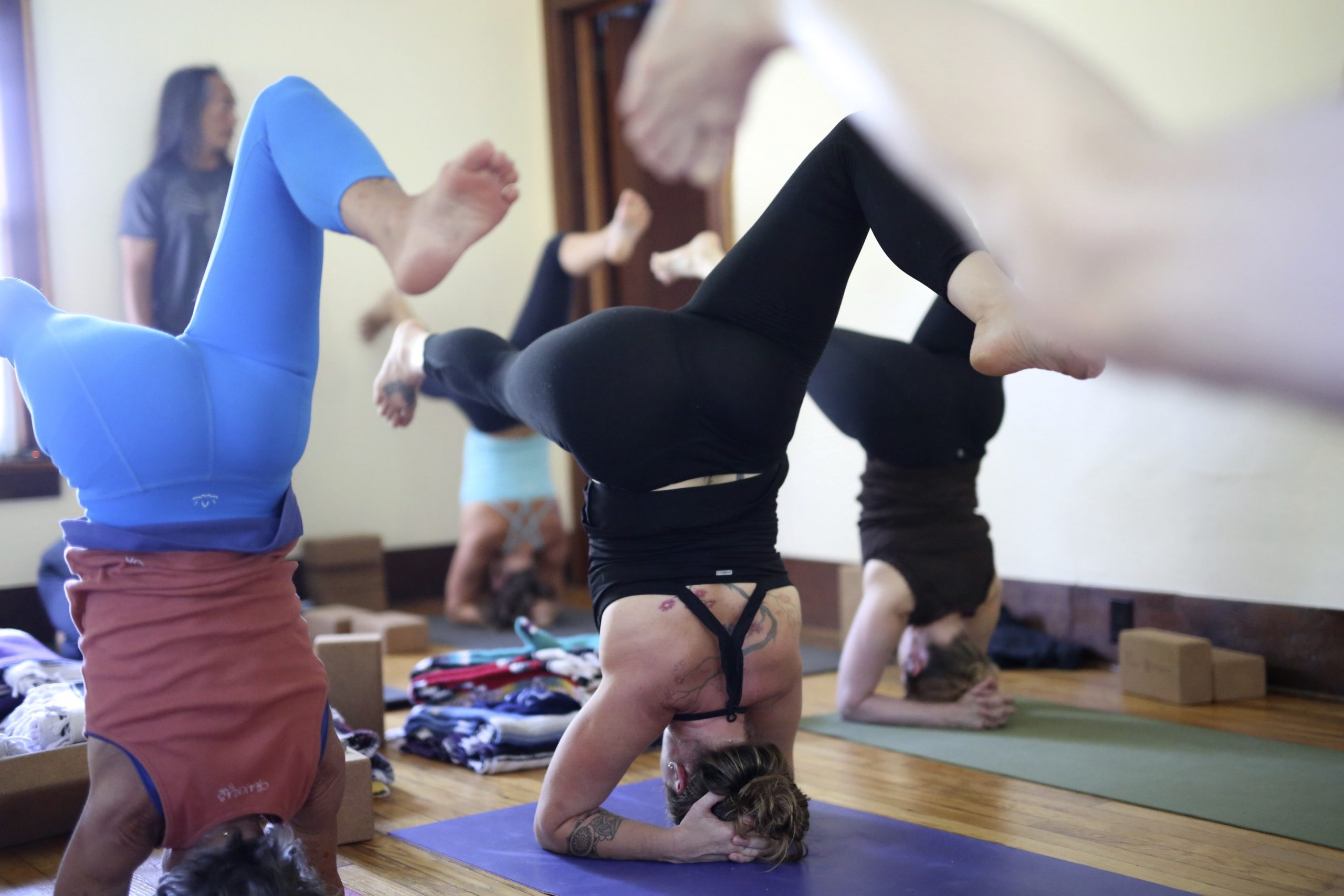
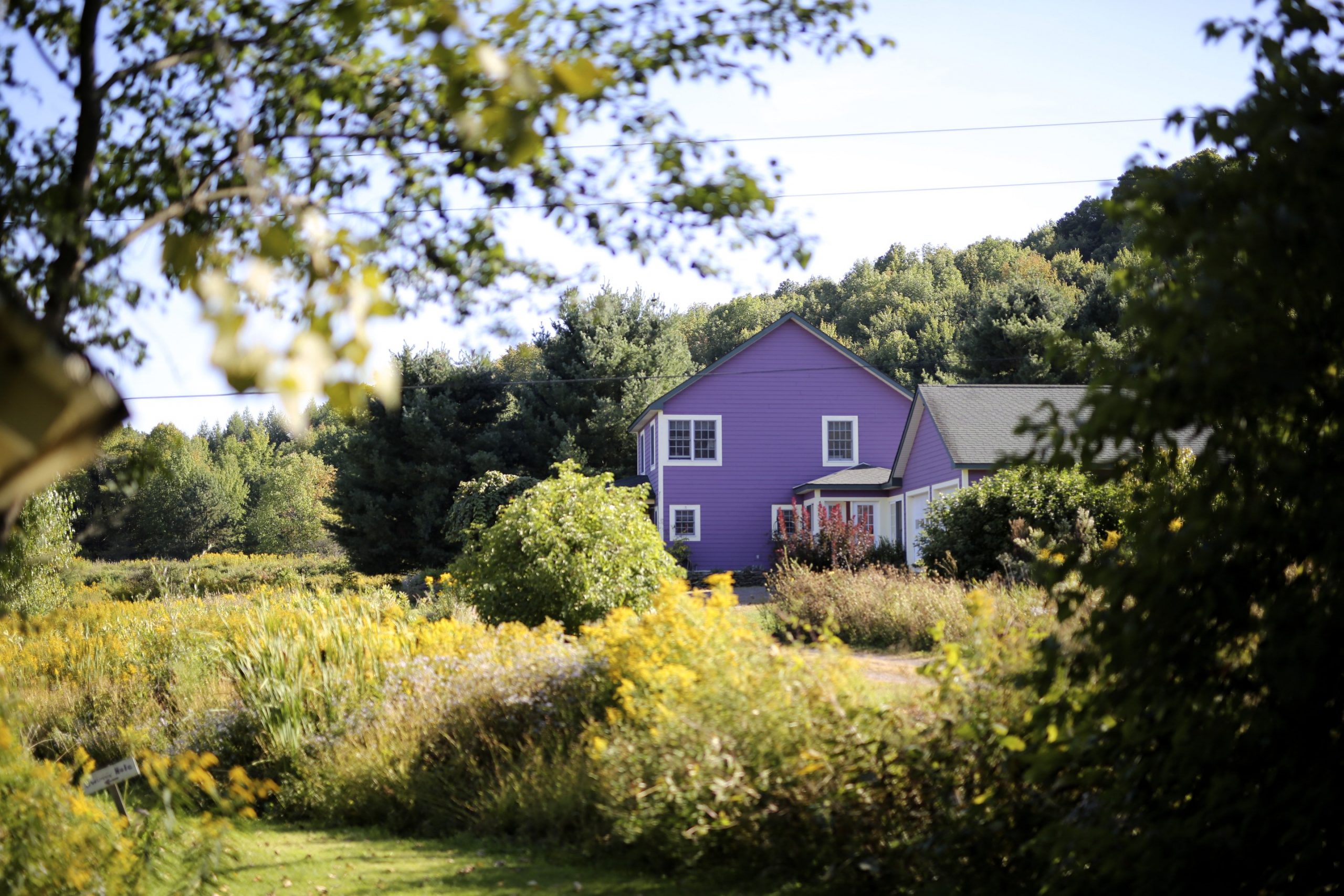
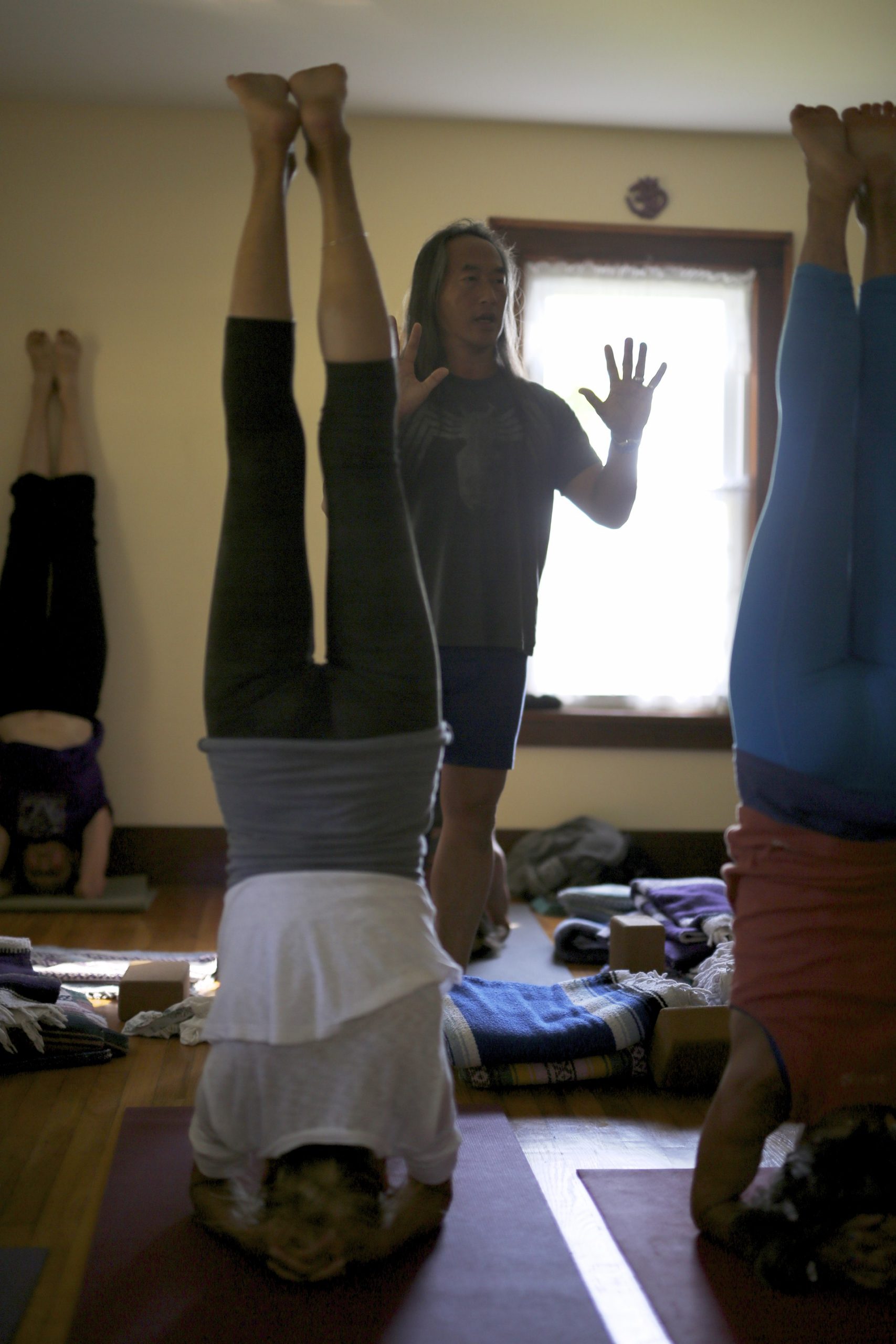
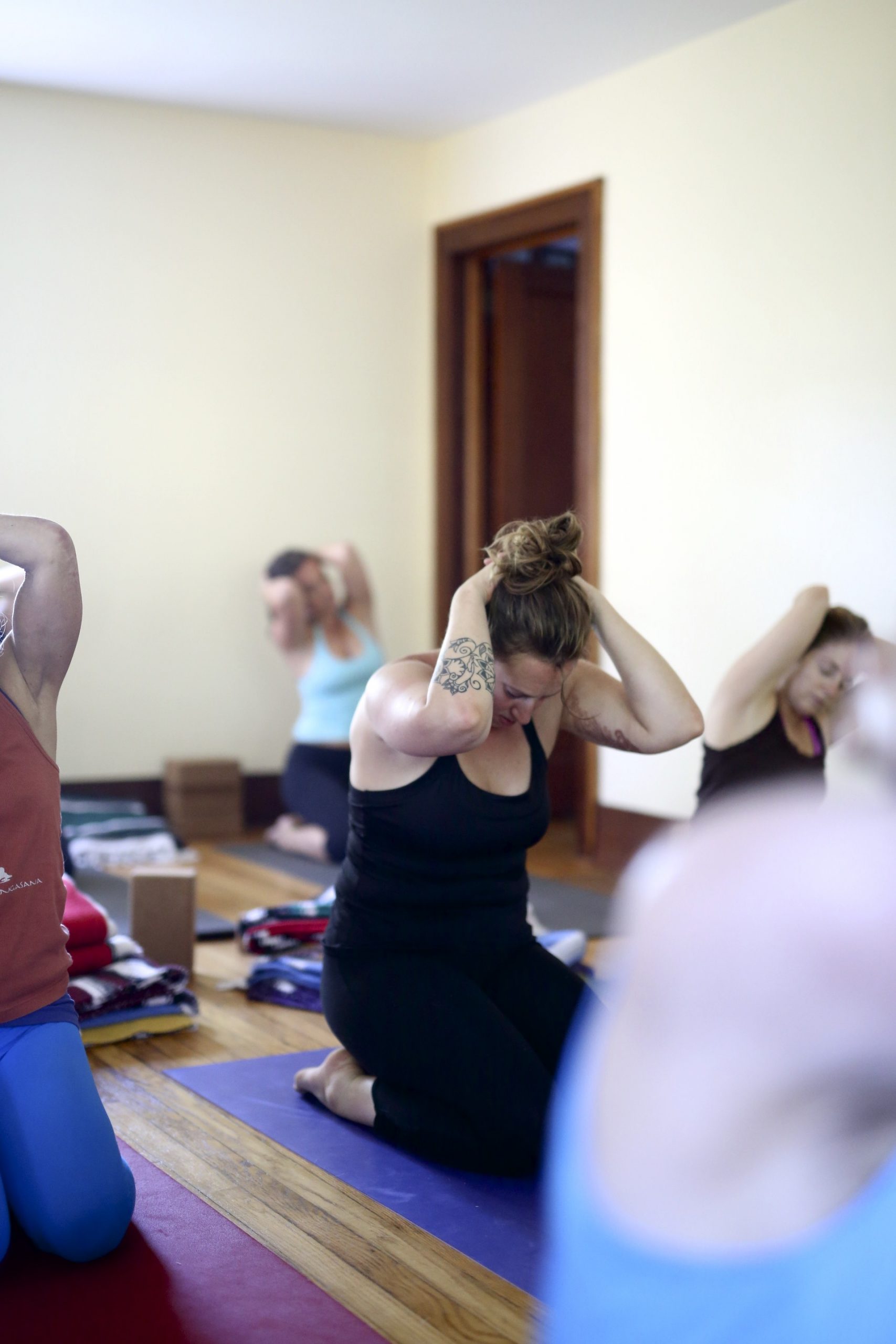
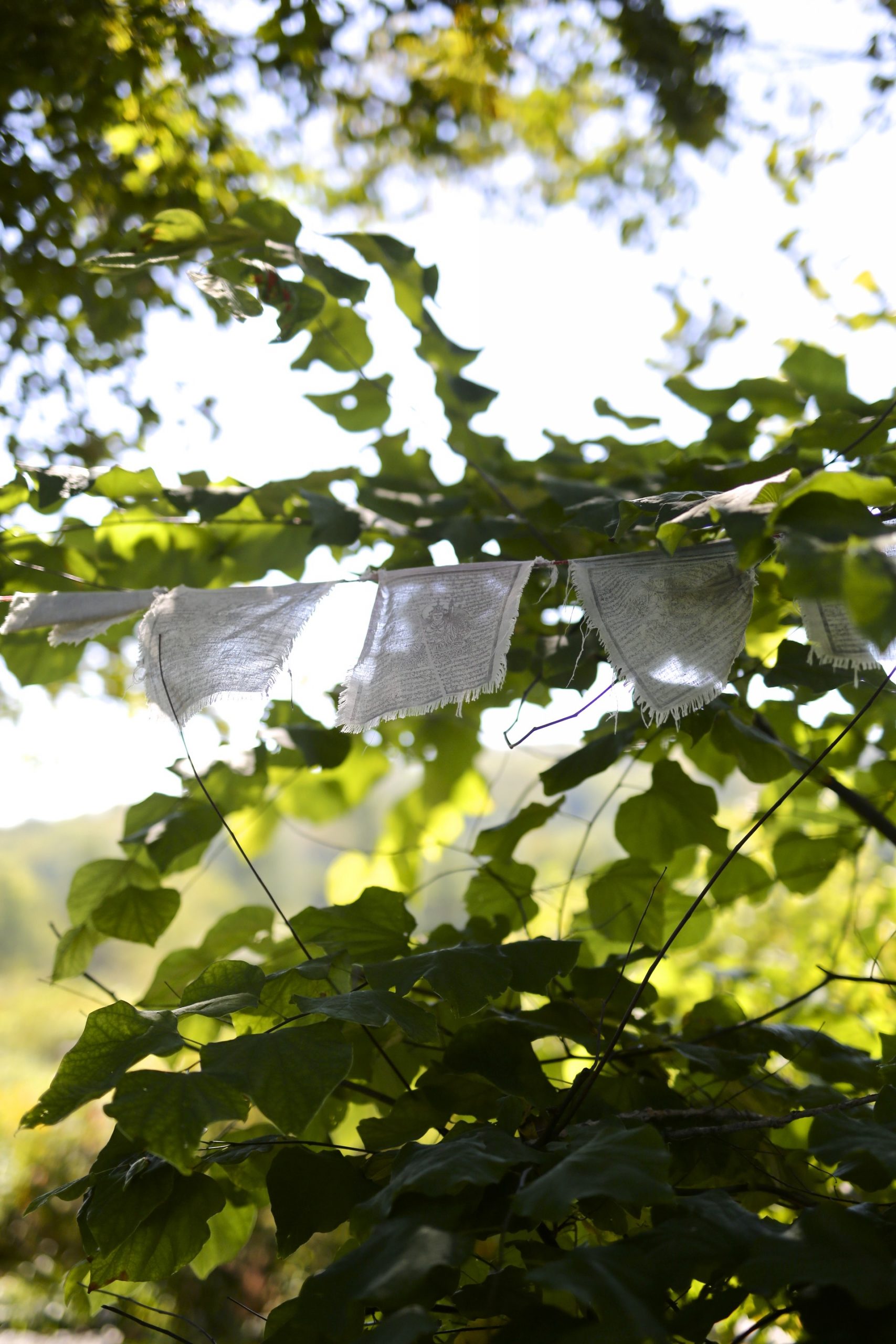
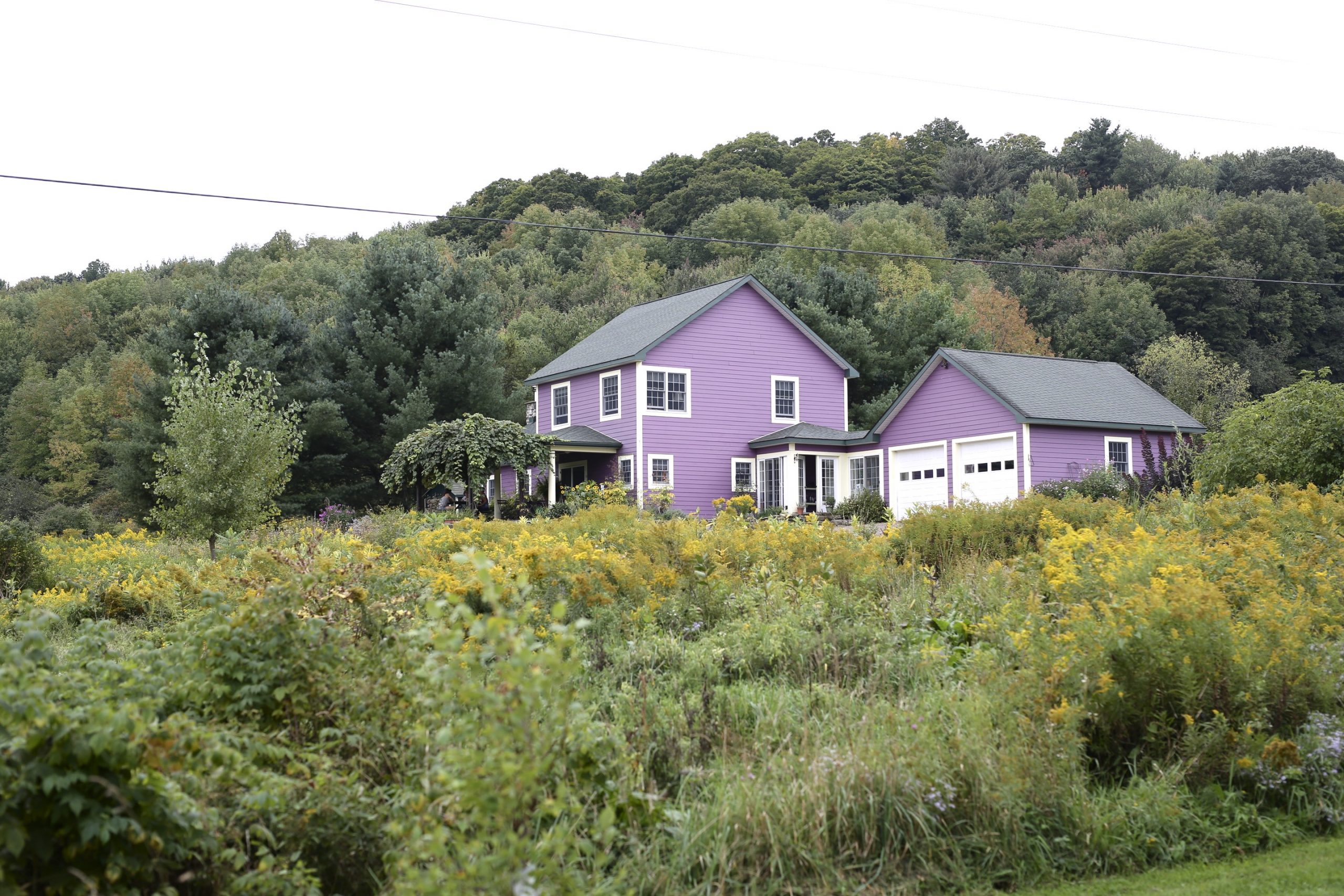
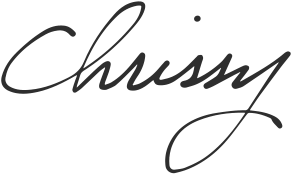
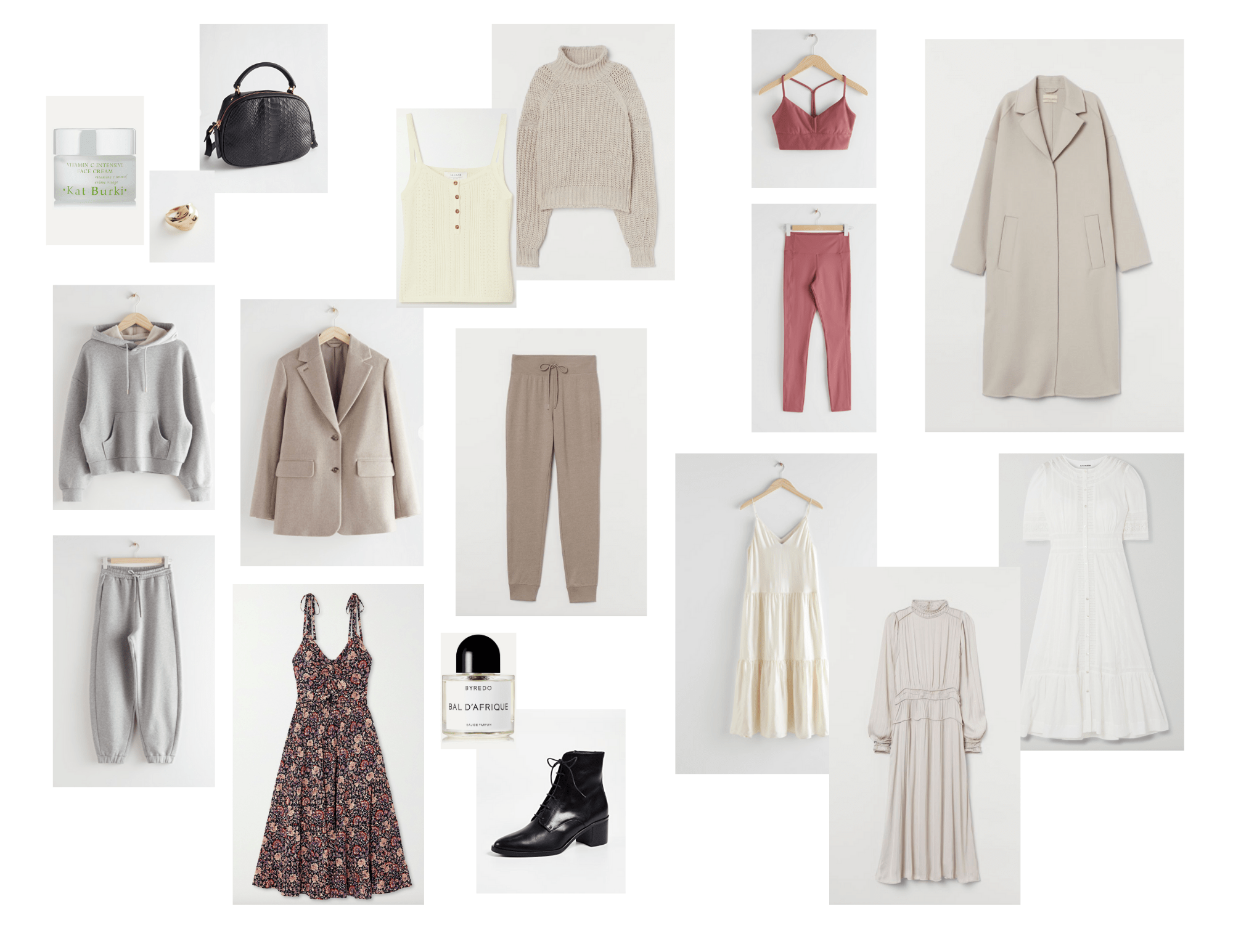
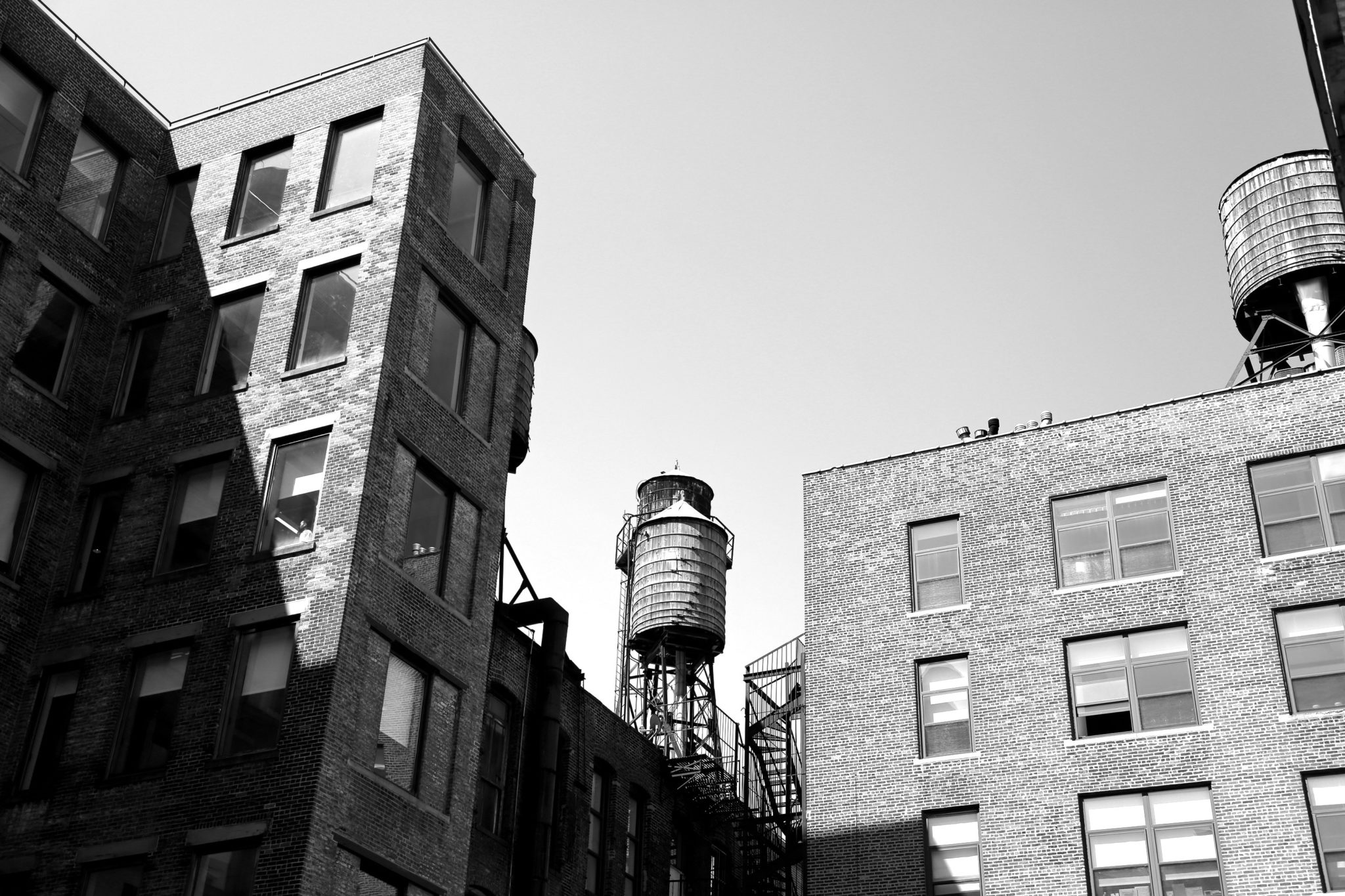

The Art is Living!
Beautiful piece my friend. xxx
The art IS living! Thank you my friend!
i remember when you shared this quote at the workshop at elevate in february and it hit me like a ton of bricks. i still think about it nearly every time i practice and every time i see a student doing something that i may not be quite sure how to address. it reminds me that its ok to not always have every answer…that being on the path of learning and discovery doesnt have an end point where every box is checked.
thank you for sharing your experience with us. inspiring, as always 🙂
I love, love, love that Rikle quote. It can feel surprisingly difficult to not have the answer—to not be able to tie our lives up with a pretty bow and arrive at a place of finality—and to rest, instead, in a space of not knowing. We can always find inspiration if we’re willing to let go of certainty.
Beautifully written! I love your connection between alignment and philosophy for living. Something to chew on!
Thank you! Alignment is a container that we have to shape for ourselves. Whether it’s asana or life, I think it’s important to continuously play with the borders we’ve staked in the ground and find the flexibility to question what we may have attached to as the “right” way or the “only” way. Ultimately we can’t take someone else’s word for it; we have to figure it out for ourselves.